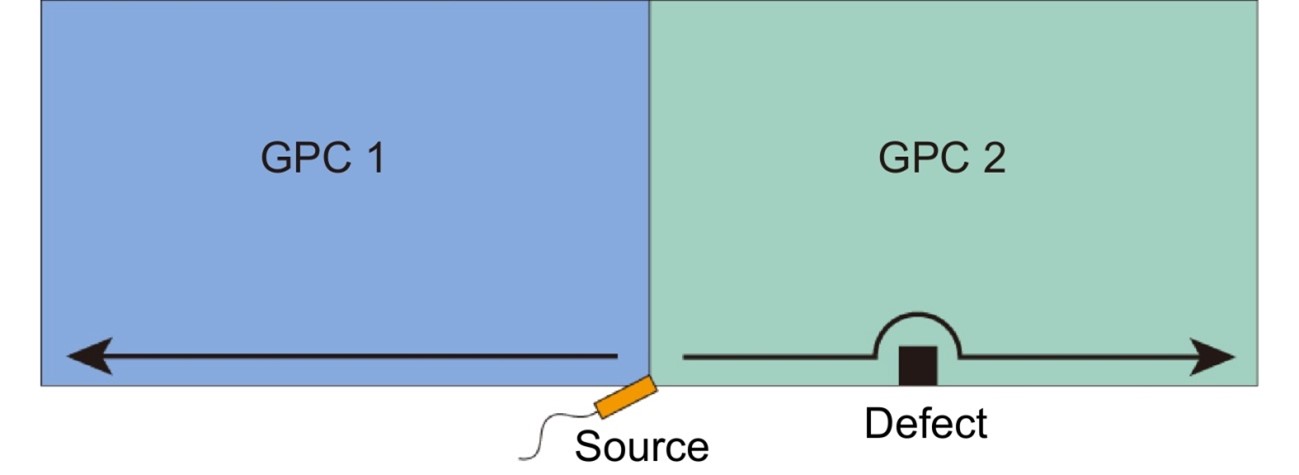GUANGZHOU, China, May 29, 2023 — Recent research has investigated novel approaches to beam-splitting in the context of topological photonics. Several beam-splitting mechanisms have been proposed relying on different topological states such as chiral edge states, valley-locked edge states, and spin-polarized edge states. Chiral edge states are unidirectional photonic states ideal for constructing robust channels of a beamsplitter. Valley-locked edge states can be used to split beams similar to that of electronic spin, to split the beam into different directions. These topological beamsplitters offer unique advantages and can be used in different applications.
In recent work, researchers from South China University of Technology have constructed and demonstrated a novel topological beamsplitter in an antichiral gyromagnetic photonic crystal (GPC). The beamsplitter showcases an easily adjustable splitting ratio and provides a highly efficient, compact design that allows for multichannel utilization, crosstalk-proof performance, and robustness against defects and obstacles.
The development of this configurable topological beamsplitter has potential applications in telecommunications, optical computing, and sensing, among other areas, according to the researchers. In telecommunications, for example, the splitter can be used to divide a single input signal into multiple output signals that can be transmitted over different channels simultaneously. In optical computing, the splitter can be used to route signals between different components or modules.
The beamsplitter relies on the concept of antichiral edge states, first proposed in a modified Haldane model and later experimentally verified in GPC. These GPCs were shown to support antichiral one-way edge states propagating along the same direction at two parallel zigzag boundaries. Notably, these edge states exist only at zigzag edges but not at armchair edges.

Schematic illustration of the topological beamsplitter based on antichiral edge states. Courtesy of OEA.
The proposed topological beamsplitter consists of two rectangular antichiral GPCs biased by opposite external magnetic fields. The antichiral GPCs exhibit antichiral edge states with opposite propagation directions. At the interface of the two GPCs, there is no edge state due to the presence of an armchair boundary. When an input source is placed at the center of the lower zigzag edge, the waves will be split into two beams propagating in opposite directions along the edge of the GPCs. The ratio between the right-to-left output beams can be adjusted by changing the incident angle of the excitation source.
Alternatively, the input source can be placed at the center of the upper zigzag edge to construct another beamsplitter. The two beamsplitters are free of crosstalk, as there is minimal coupling between them even when they are close to each other. This property is especially important for applications where multiple channels need to function simultaneously.
One of the key advantages of antichiral GPCs is their robustness against defects and obstacles. For example, the waves can bypass a defect without reflection. This property makes them particularly well suited for use in harsh environments or applications where reliability is critical.
Despite the efficiency and versatility of the beam-splitting approach, there are still some shortcomings and drawbacks to this topological beamsplitter. For instance, the antichiral GPC is gapless in its bulk, which will not exclude wave penetration as in photonic bandgap materials. Additionally, the current demonstration is in the microwave regime. It remains a challenge to extend the realization to the optical spectrum.
The research was published in Opto-Electronic Science (www.doi.org/10.29026/oes.2022.220001).